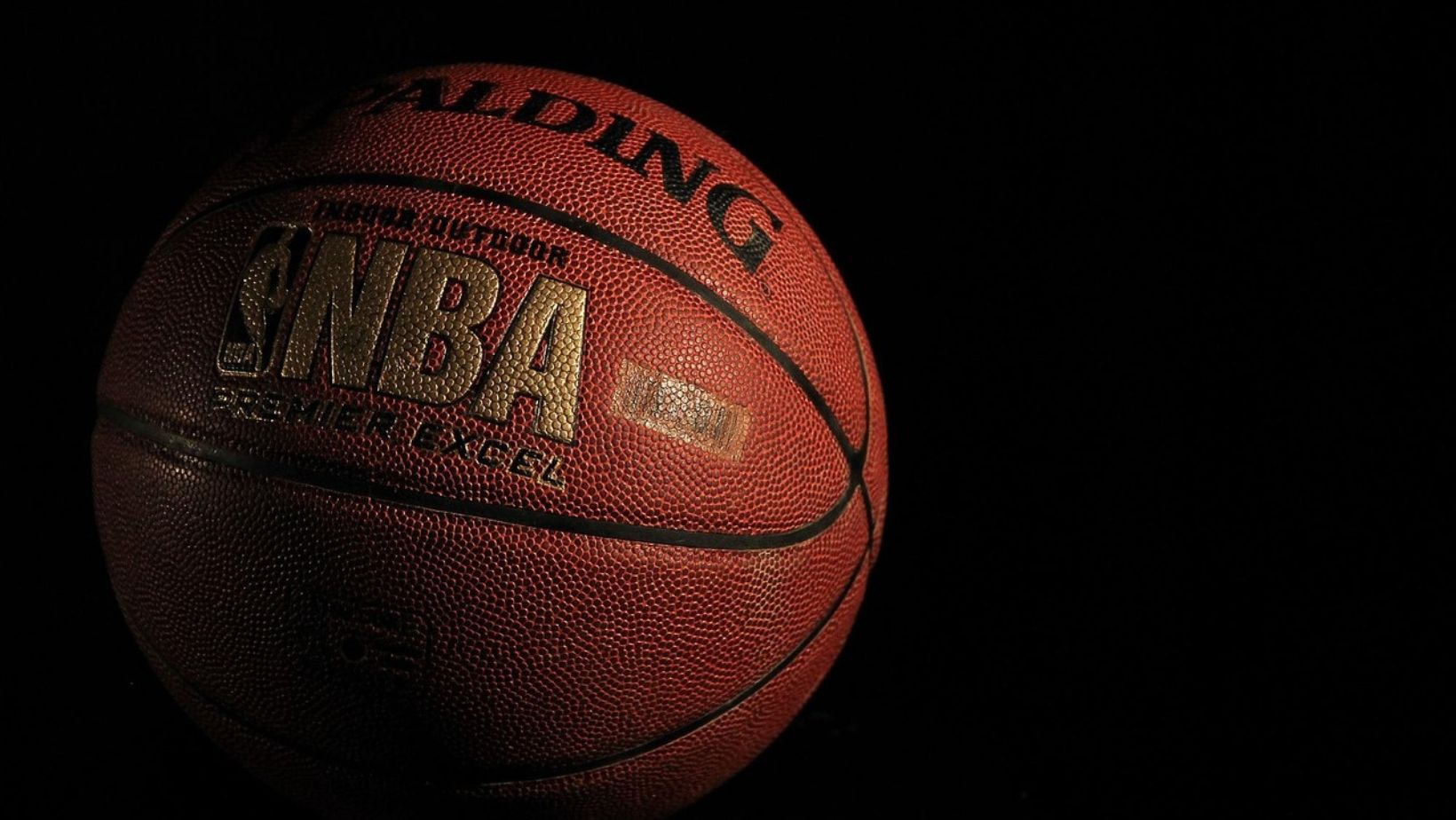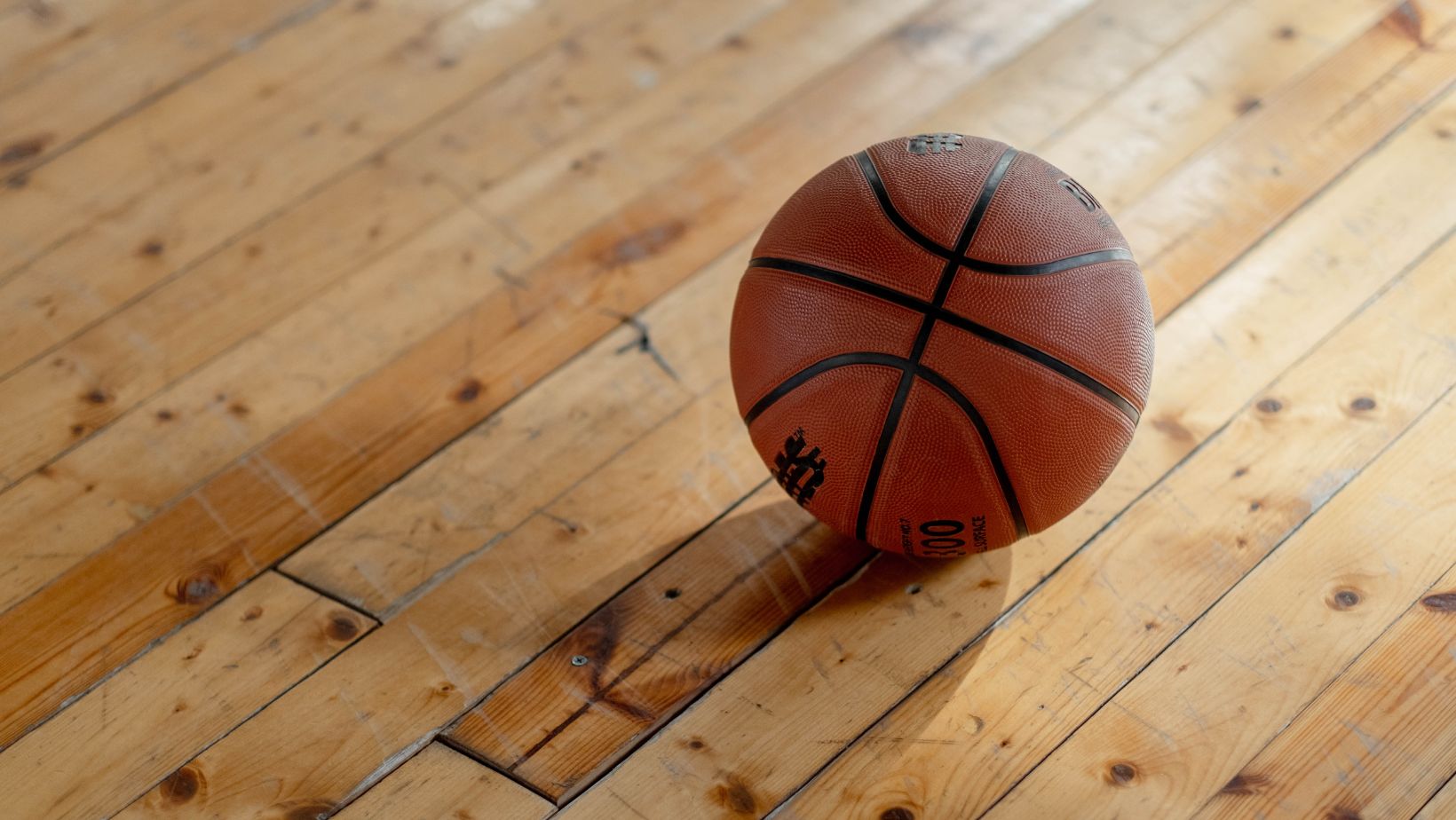
Managing the waiver wire in fantasy basketball separates competitive managers from the rest. With an 82-game season full of injuries, hot streaks, role changes, and rest days, the waiver wire becomes a battlefield for gaining a weekly edge. Success hinges on timing and judgment — adding the right player at the right moment, dropping someone before they hurt your lineup, or exercising patience with slumping but valuable assets.
Understand the Context Before Making Any Move
Before you even consider a waiver transaction, analyze the context. Roster decisions made in a vacuum often lead to regrets.
Start with your Fantasy Basketball League format. Points leagues and category leagues reward different things. A player averaging 12 points, 3 rebounds, and 2 assists might hold minimal value in a 9-cat league but could be an asset in a shallow points league with positional flexibility.
Next, evaluate your team’s needs. Averages tell part of the story, but targeting specialists off waivers may be more valuable than chasing high scorers if your team struggles with steals or blocks. The timing in the season also plays a part. Early on, there’s more leeway to experiment. But once playoffs approach, every move needs a purpose.
Then, look at schedule density. If a player you’re considering has four games this week while your current roster piece has just two, the short-term gain may justify a temporary swap. Monitor back-to-back sets and teams with favorable matchups. Often, the best waiver plays are short-lived but timed perfectly.
Finally, consider injuries and rotations. Injuries create opportunity, but not all fill-ins carry value. When a starter goes down, ask: Is this backup efficient? Does he contribute in multiple categories? Is the team deep at that position? Volume alone doesn’t make a player worth the pickup.
When to Add: Identify Upside Before the Crowd
Effective managers add players before they become hot commodities.
Track usage rates and minutes before breakout performances. A bench player seeing an unexpected jump in playing time — even without a scoring spike — is a signal worth noting. Minutes precede production in almost every case.
Look beyond box scores. Pay attention to team quotes, beat reporter notes, and rotation changes. A rookie moving into the starting five or a coach mentioning increased trust can foreshadow a surge in opportunity. These hints often show up before the fantasy stats catch up.
Much of this comes down to knowing more than your league mates. The most successful waiver often results from doing your homework. That’s where good NBA player research comes in. Following reliable analysts, digging into lineup data, and understanding how a player fits within a team system can help you spot value before the breakout happens.
Also, scan the waiver wire on Monday mornings. Players who had quiet weekends might slip under the radar. That’s your window. Jumping early on someone trending in the right direction — before their stats inflate — can earn you a weekly advantage or even a rest-of-season contributor.
Don’t be afraid to use a waiver claim aggressively if the situation calls for it. A player replacing a starter due to a long-term injury is almost always worth the risk. Just be sure their skill set aligns with your team’s needs.
When to Drop: Cut Bait Before the Stats Drag You Down
The hardest part of fantasy basketball isn’t finding players — it’s letting go.
You must separate name recognition from fantasy utility. If a player hasn’t produced in weeks and the role continues diminishing, drop them. Sentimentality has no place in a competitive league. Too often, managers hold onto big names, hoping for a turnaround in the stats that never comes. The waiver wire punishes hesitation.
Low-volume players on bad teams often see their roles fade post-All-Star break. If a veteran gets benched in favor of development minutes for young prospects, that’s your cue to move on. Keep a close eye on tanking teams and how their rotations shift late in the season.
Another red flag? One-category contributors with major efficiency flaws. A shot-blocking big who tanks your free throw percentage or a high-volume scorer shooting under 40% from the field can hurt more than they help. If the negatives outweigh the positives, it’s time to cut them loose.
Also, don’t overlook the opportunity cost. A player riding your bench who doesn’t fit your build might be better replaced by a hot hand playing four times a week. Even short-term drops can be the difference between winning and losing a matchup.
When to Hold: Patience Can Be a Weapon
Not every cold streak demands a reaction. Knowing when to hold is just as valuable as knowing when to move.
If a proven NBA player slumps but maintains consistent minutes and usage, hold tight. Most stars endure rough patches. Overreacting to a bad shooting week can lead to an irreversible mistake. Trust long-term trends unless there’s a clear role reduction or injury.
Consider a player’s long-term ceiling. Young players with fluctuating performances often reward patient managers. If the minutes are there and the team is committed to development, rough stretches are part of the growth curve. Dropping them prematurely just hands value to your opponents.
Be especially cautious when evaluating injured players. In redraft formats, only stash players if they’re expected to return within a reasonable time frame — and only if you can absorb the roster spot. Don’t hold someone on name value alone if they aren’t likely to help in the final push.
Lastly, use the “Would I rush to add this player if they were dropped by someone else?” test. If the answer is yes, you probably shouldn’t drop them yourself.
The Balance Between Strategy and Speed
The waiver wire rewards the manager who blends research with decisiveness. Wait too long, and the breakout candidate disappears. React too quickly, and you might sabotage your roster by chasing fool’s gold.
Track trends, watch the games, and listen for subtle changes in coach interviews. Fantasy basketball isn’t about reacting to numbers but understanding what those numbers mean. Minutes trends, usage shifts, and team context matter more than a single performance.
Stay ahead of the curve, but don’t let every fluctuation pull you off course. Stick to your team build, add and drop players who fit that vision, and remember — winning the waiver wire doesn’t come from the loudest move, but the smartest one.








